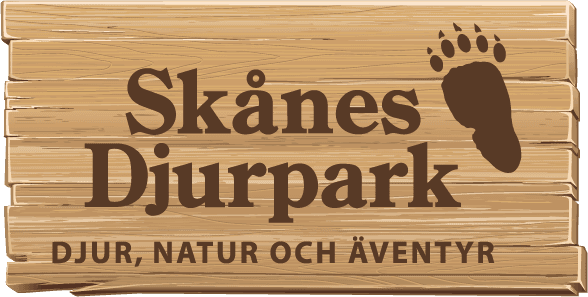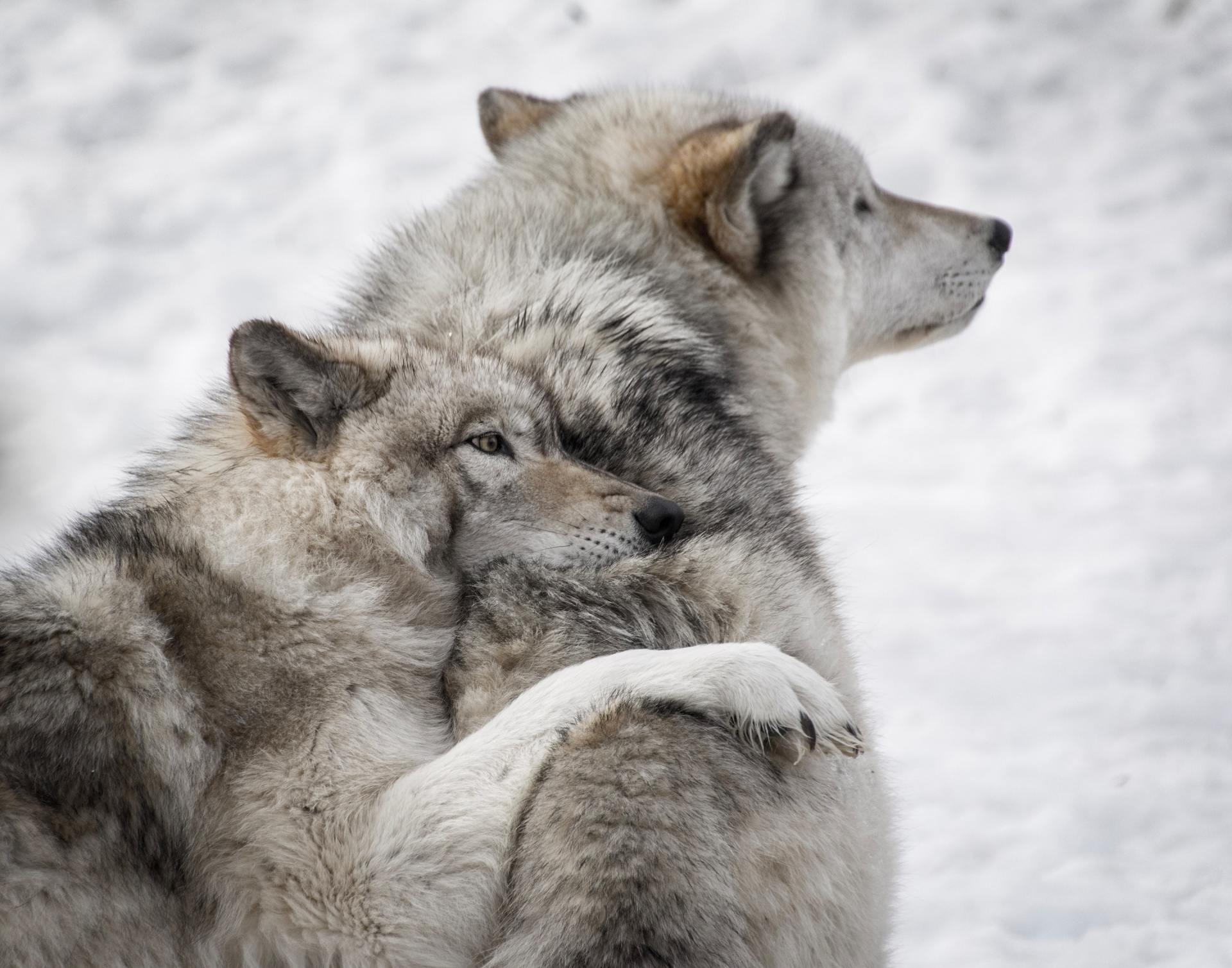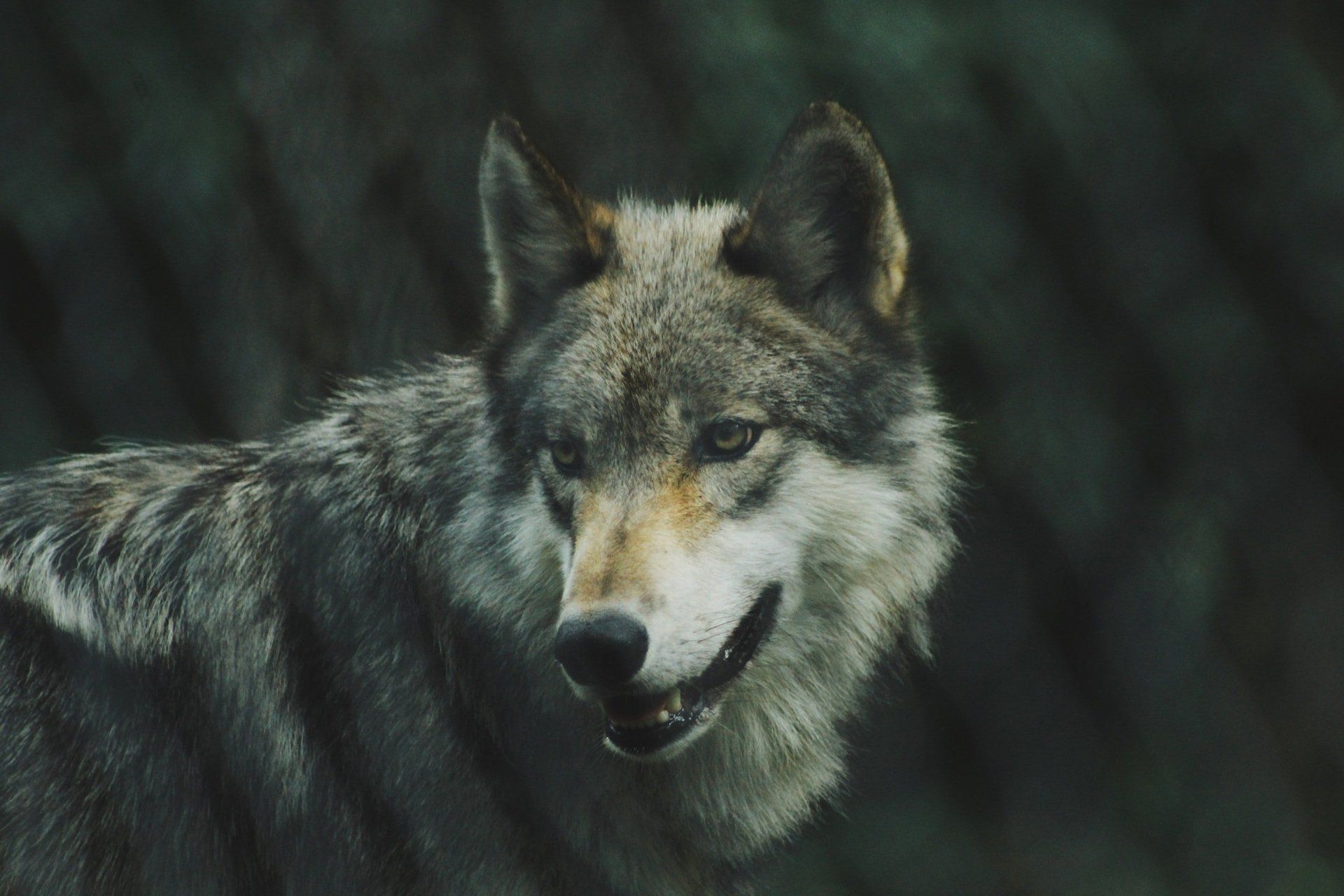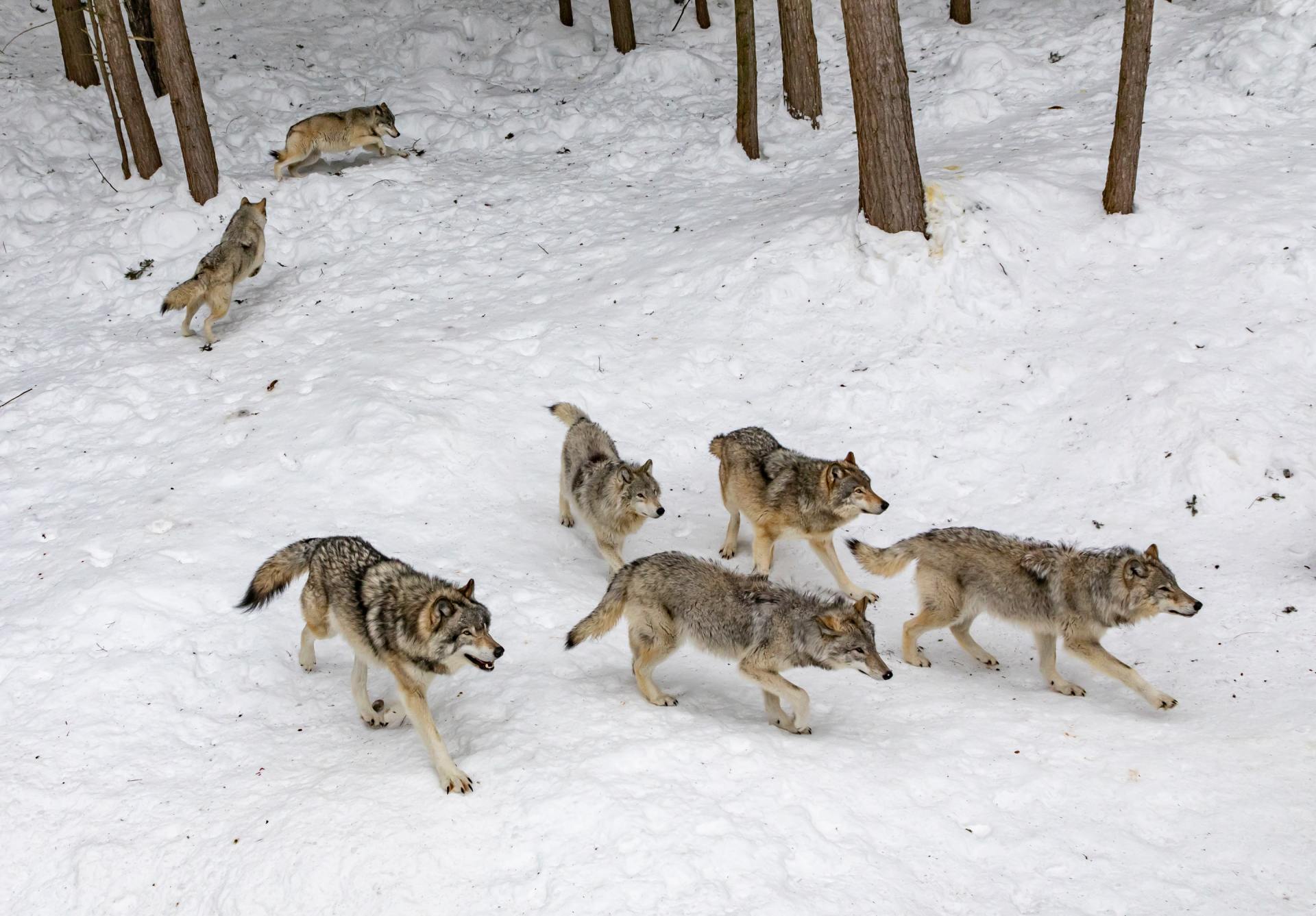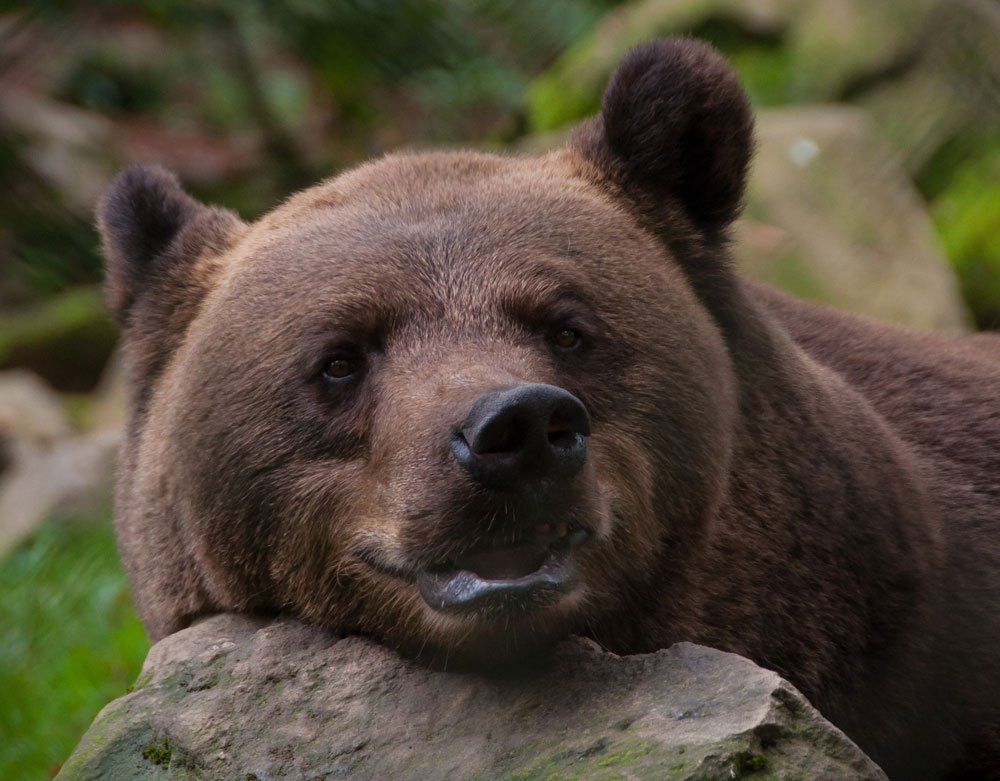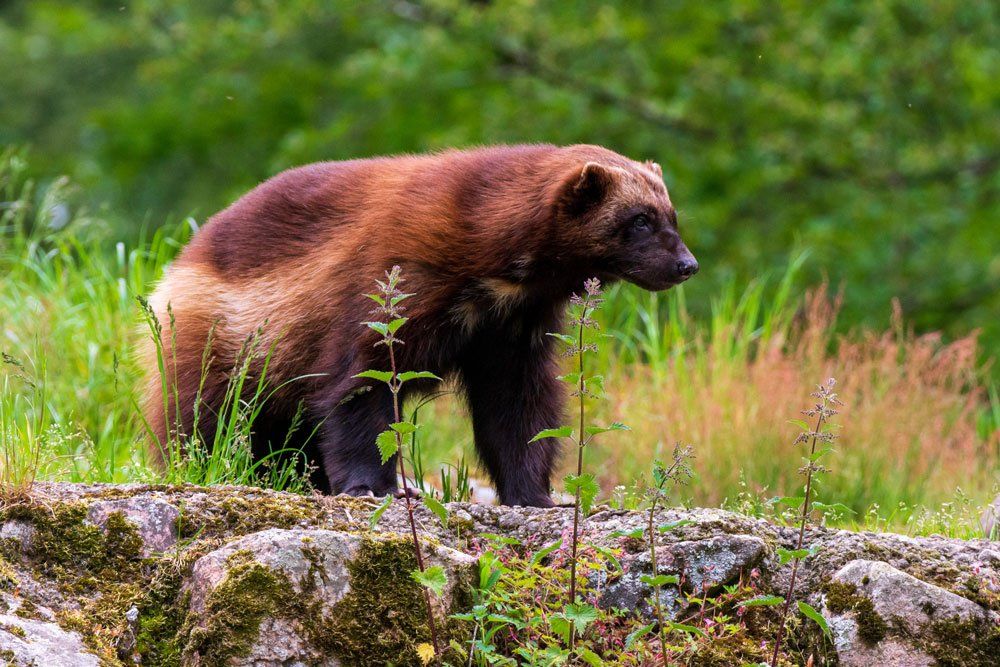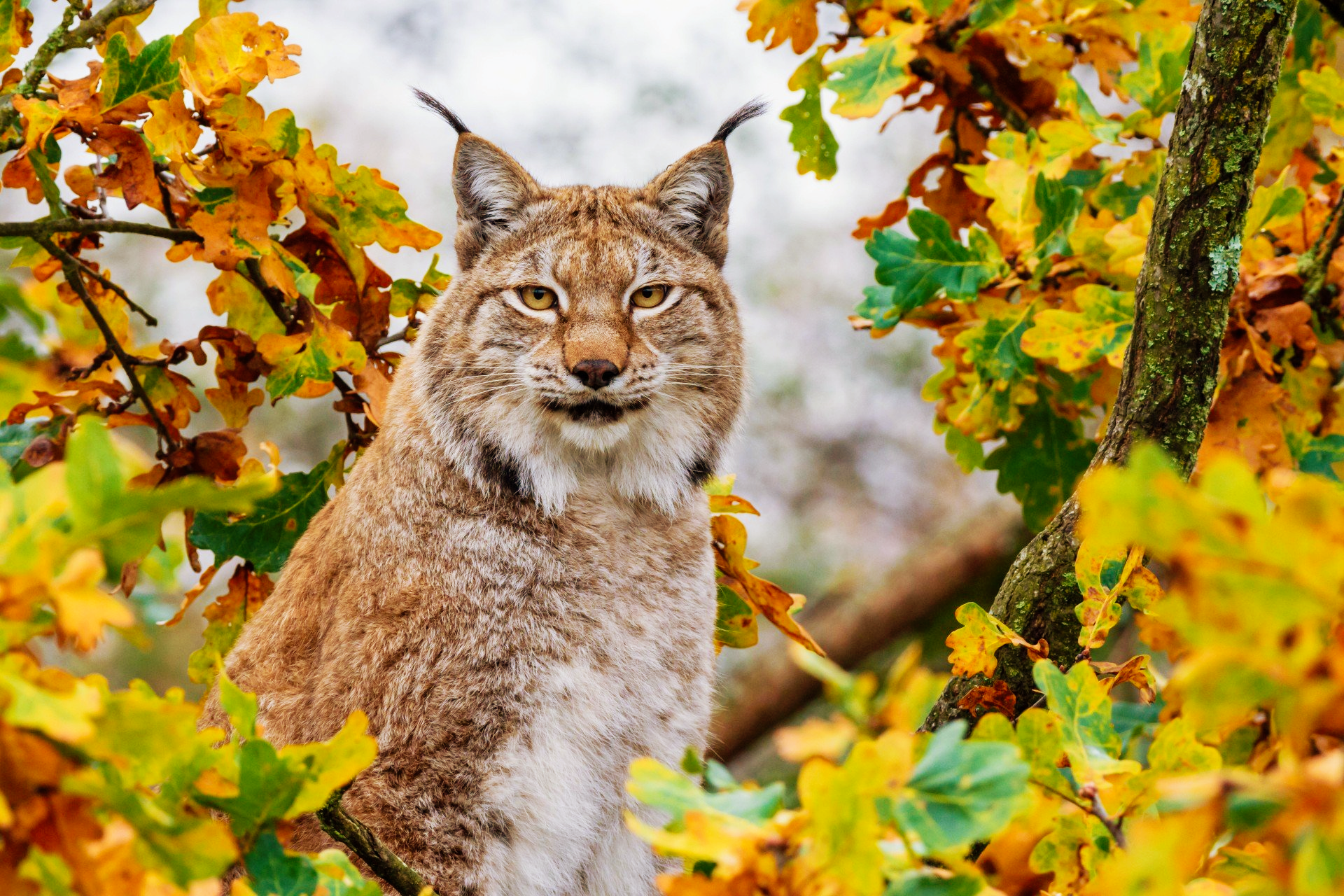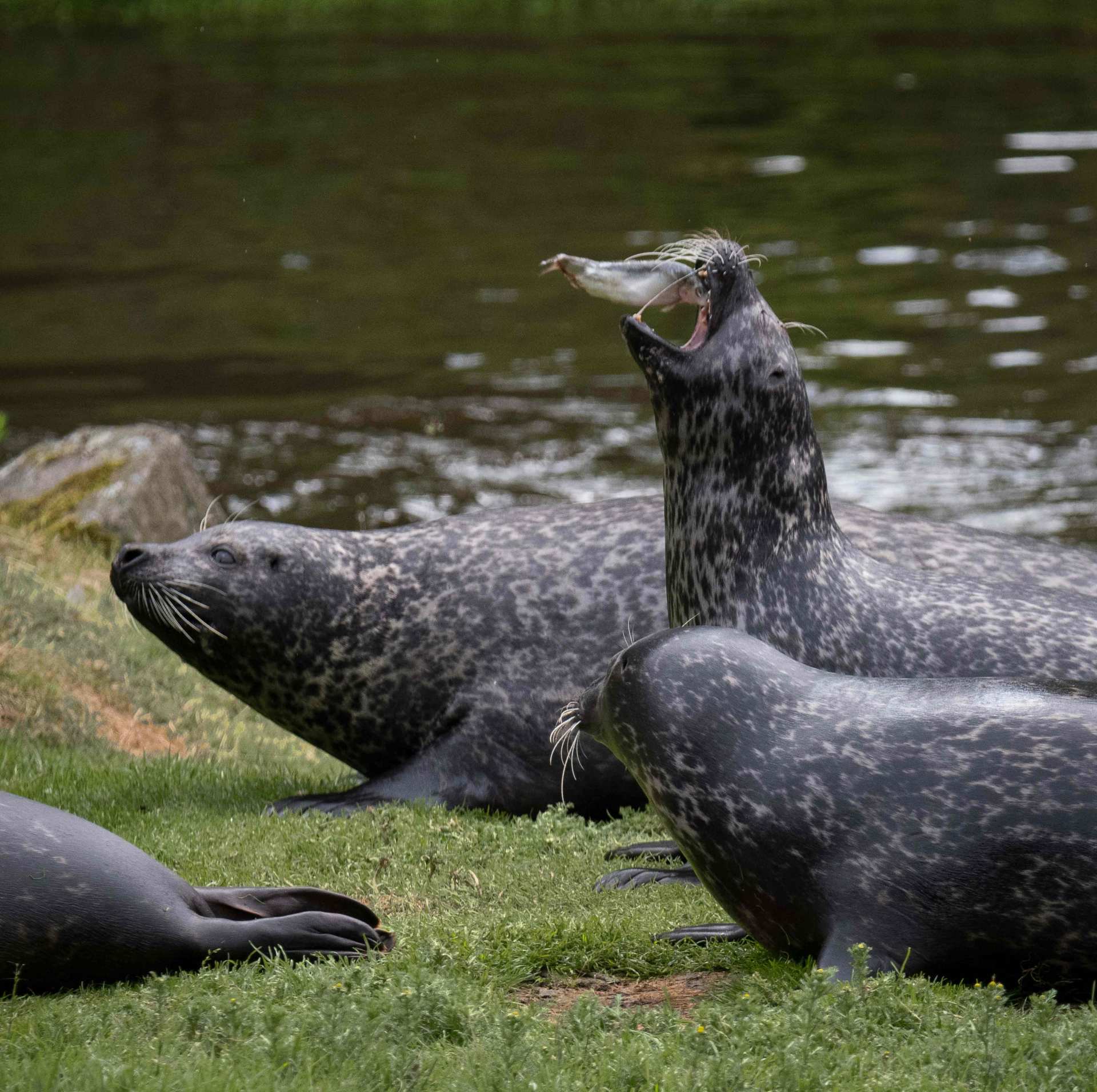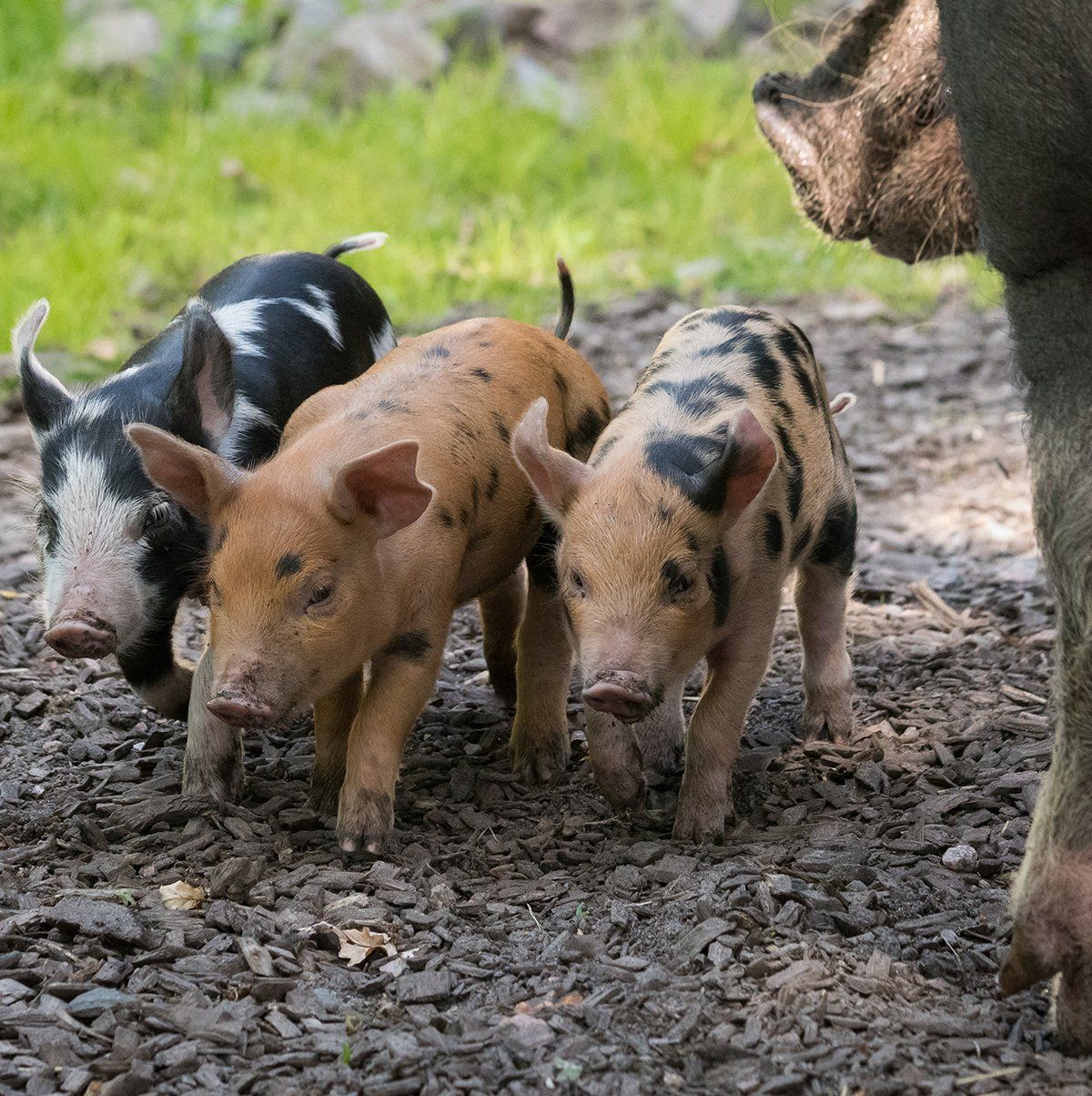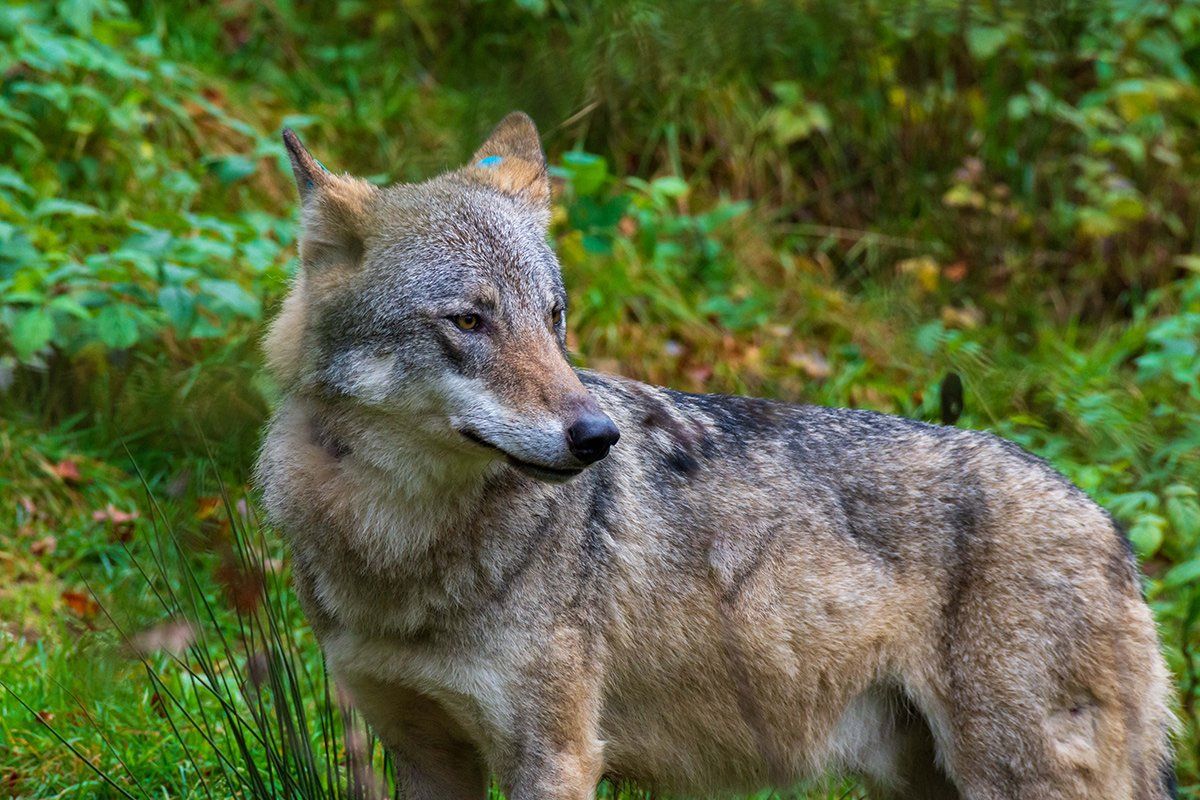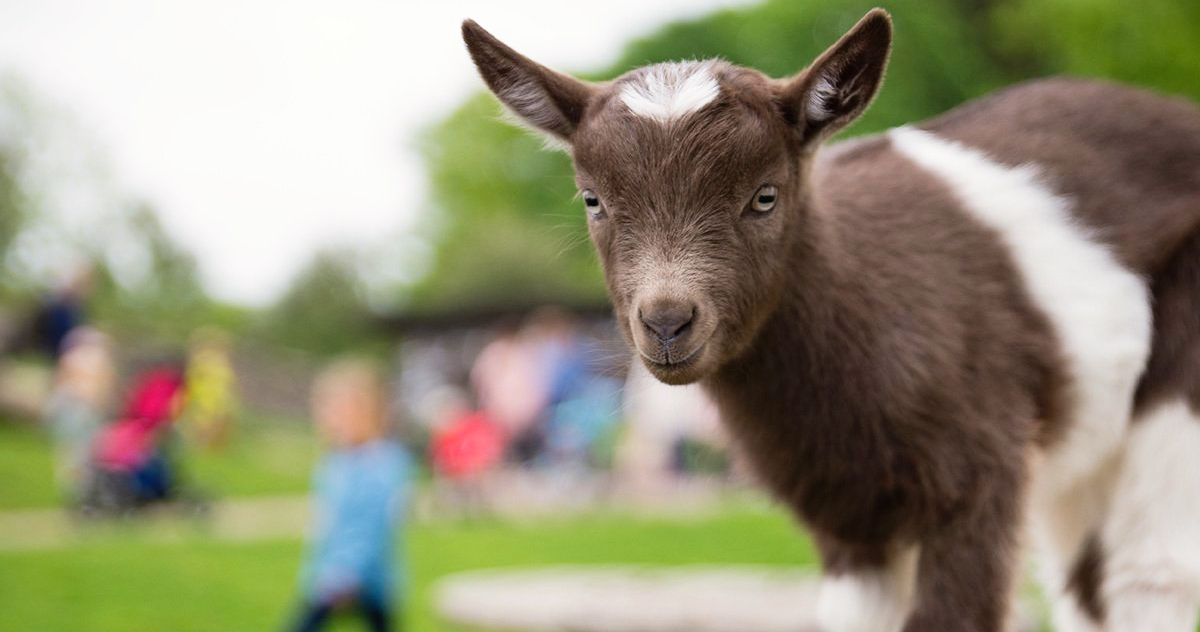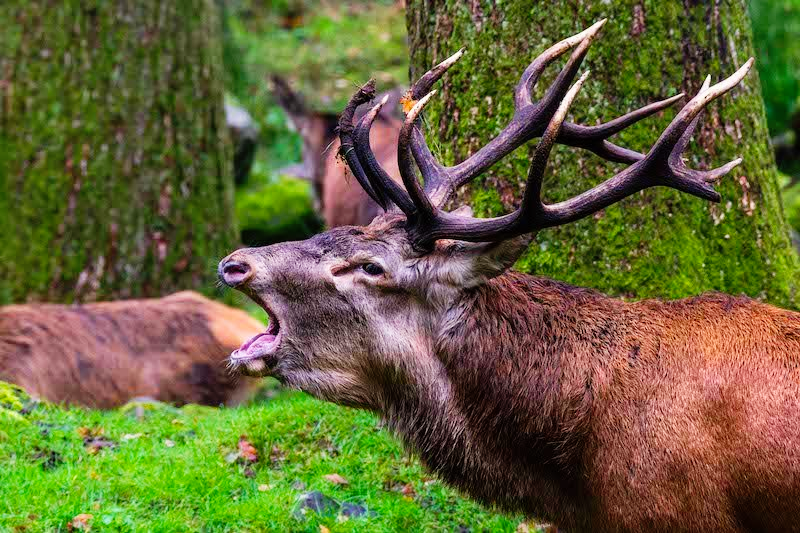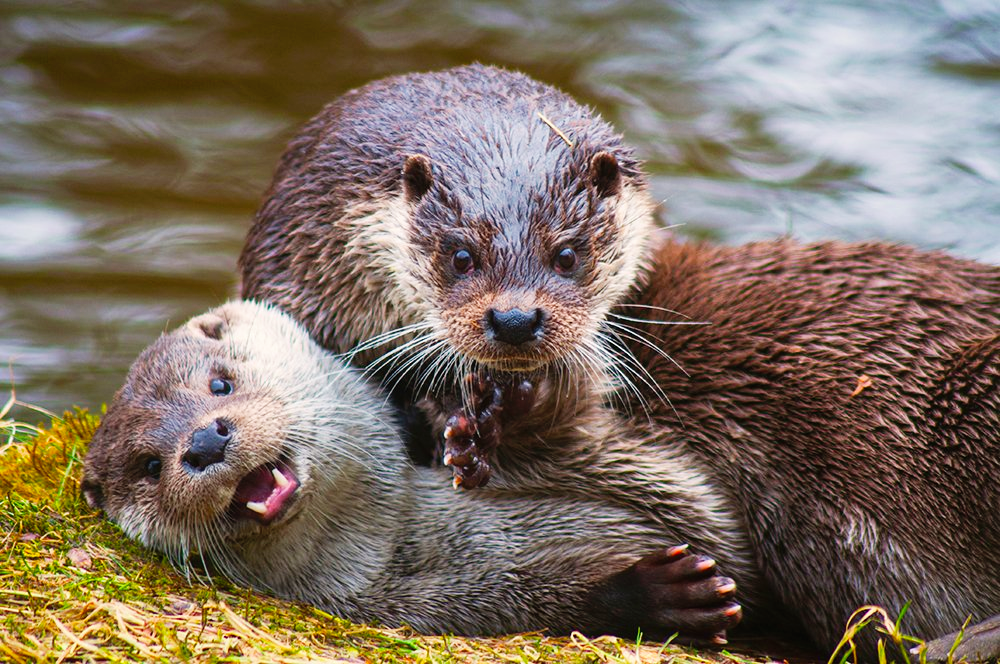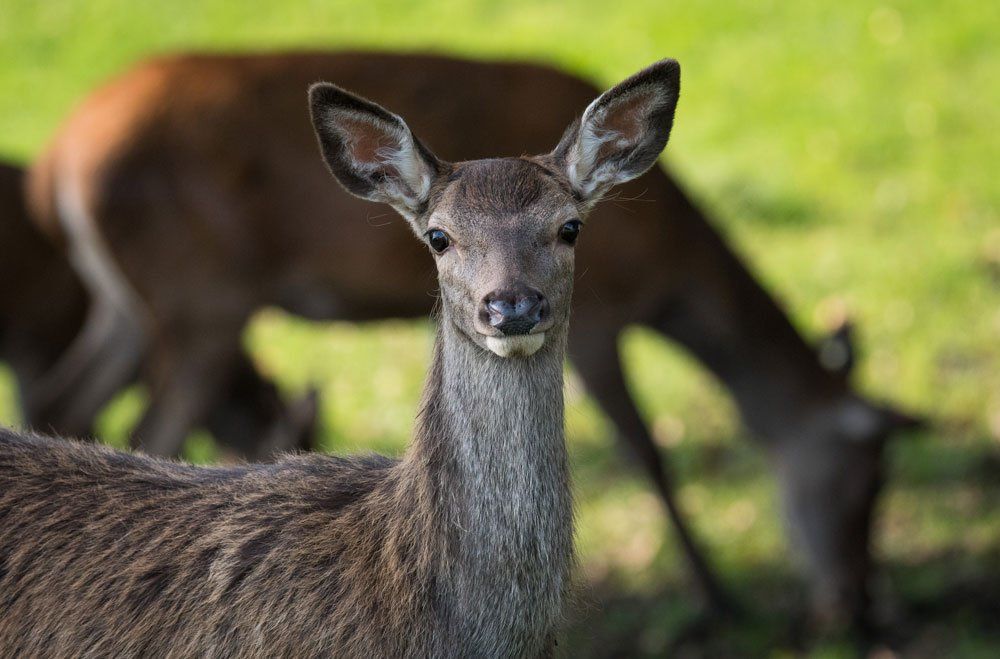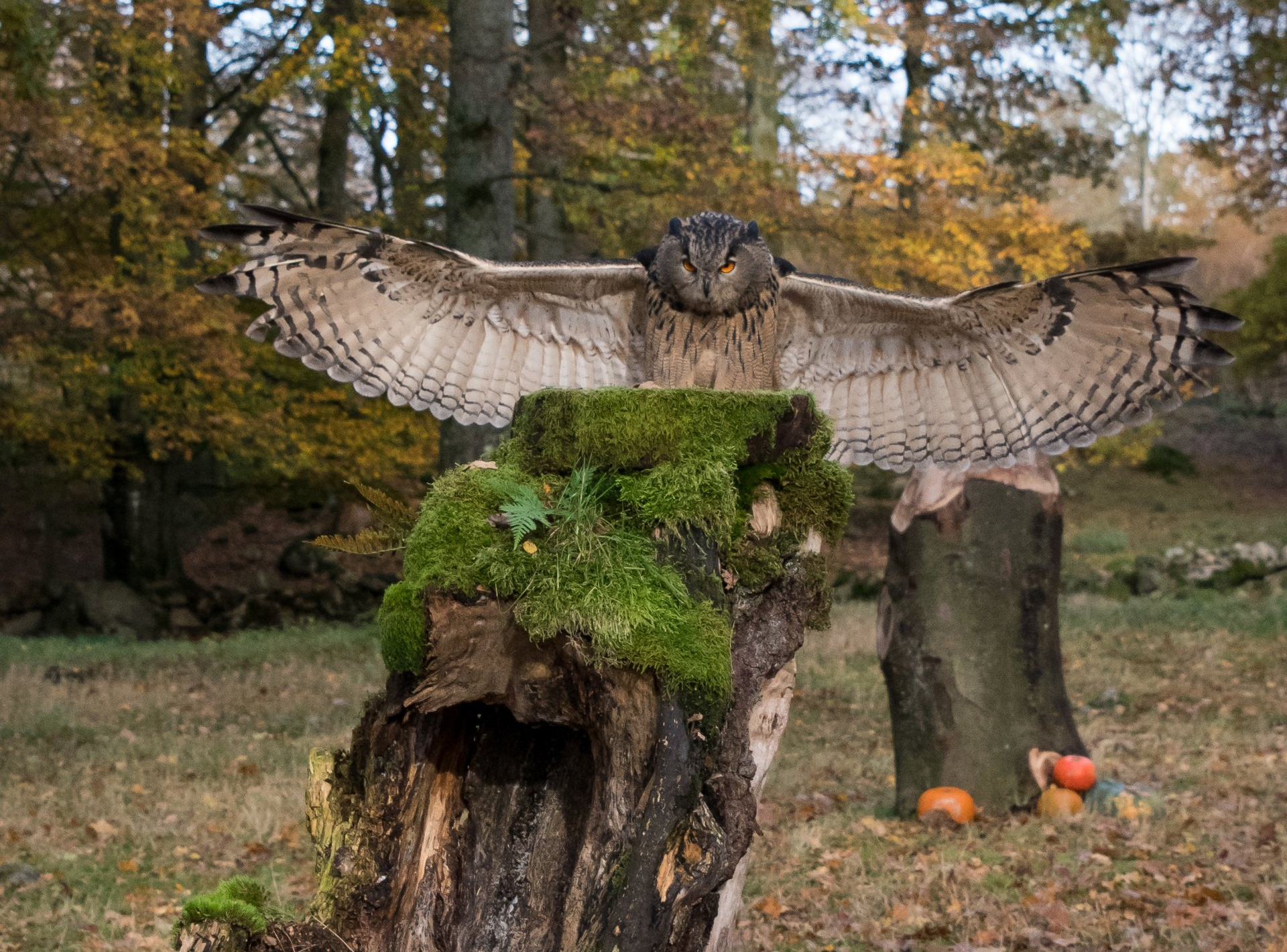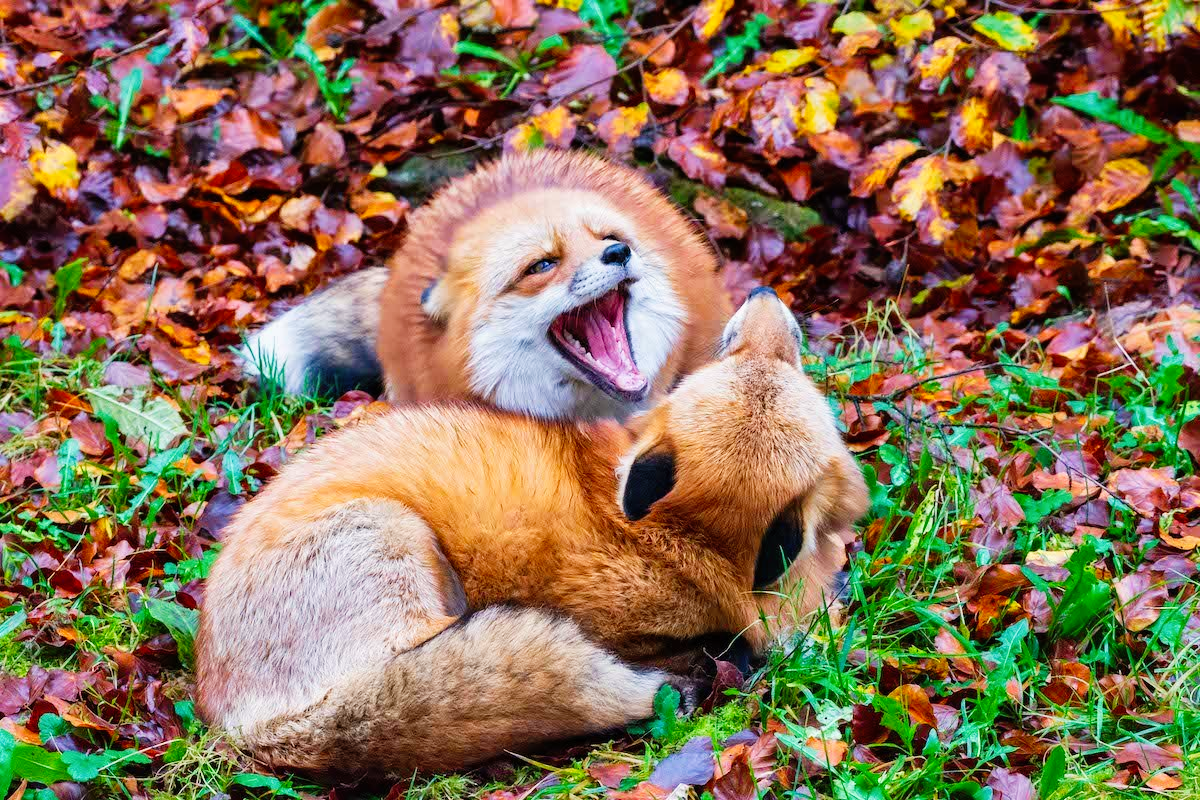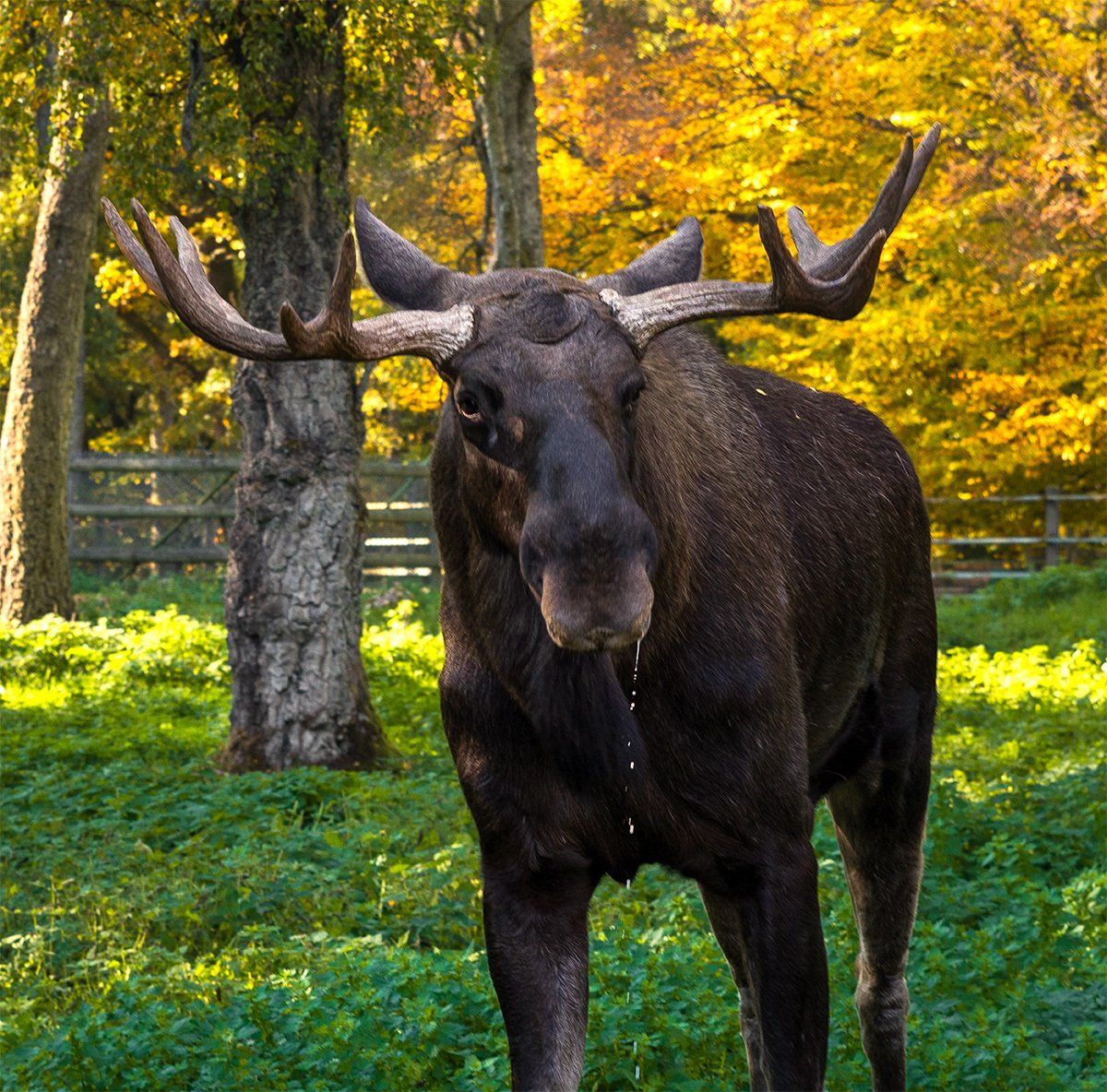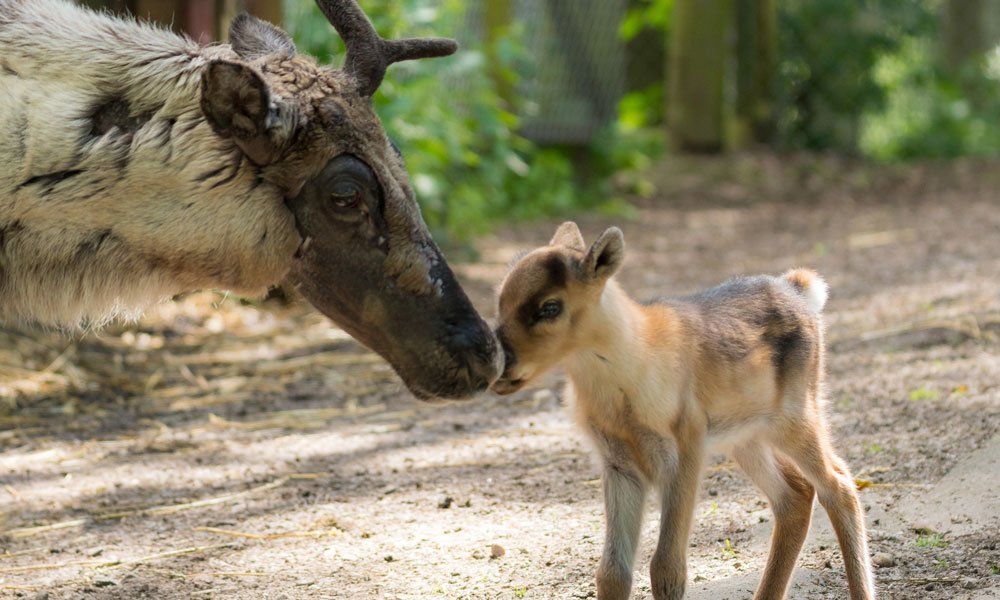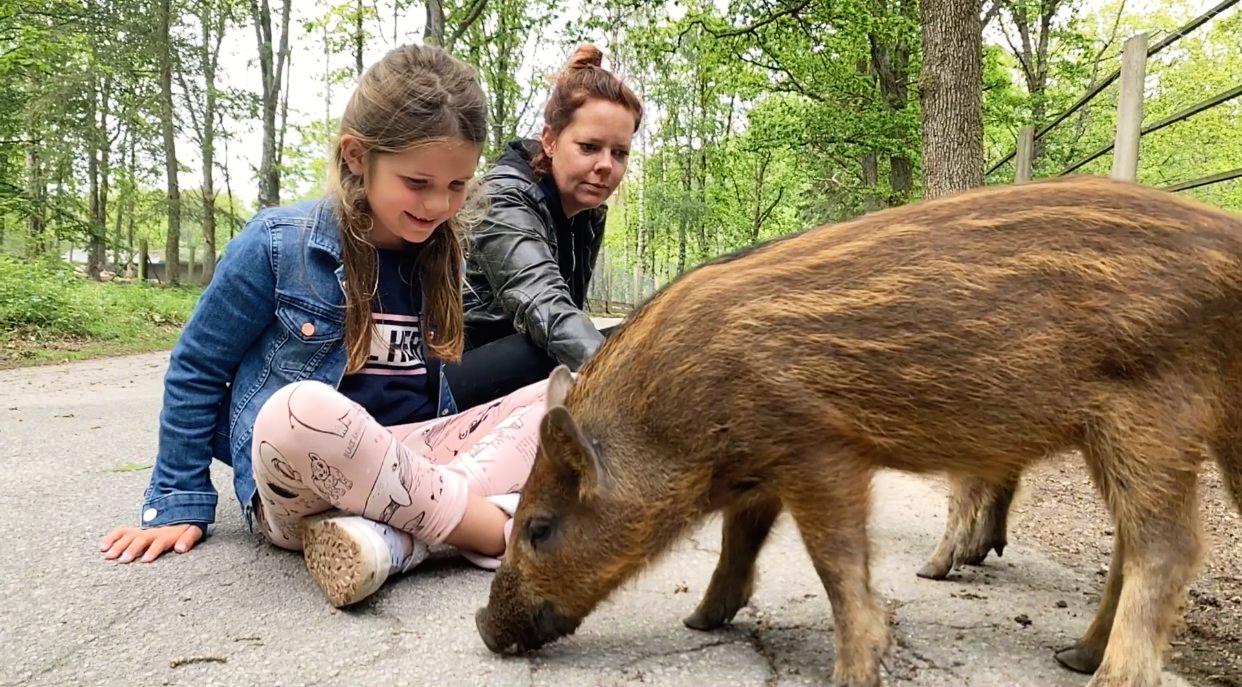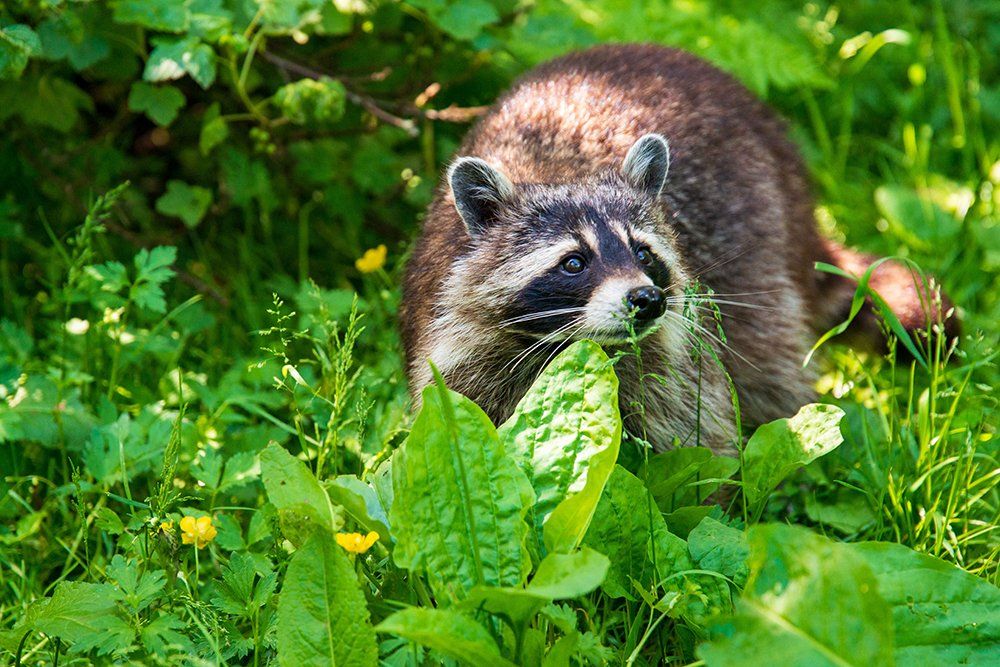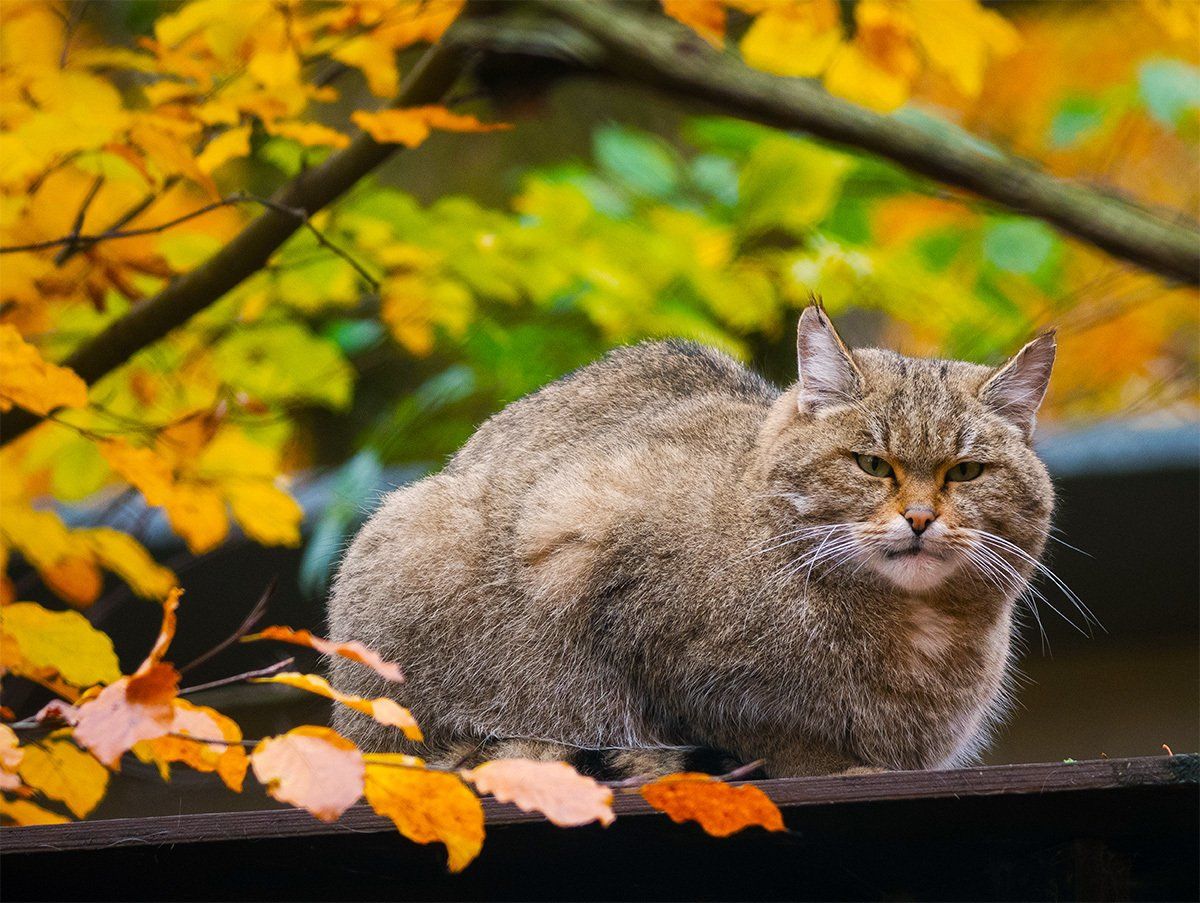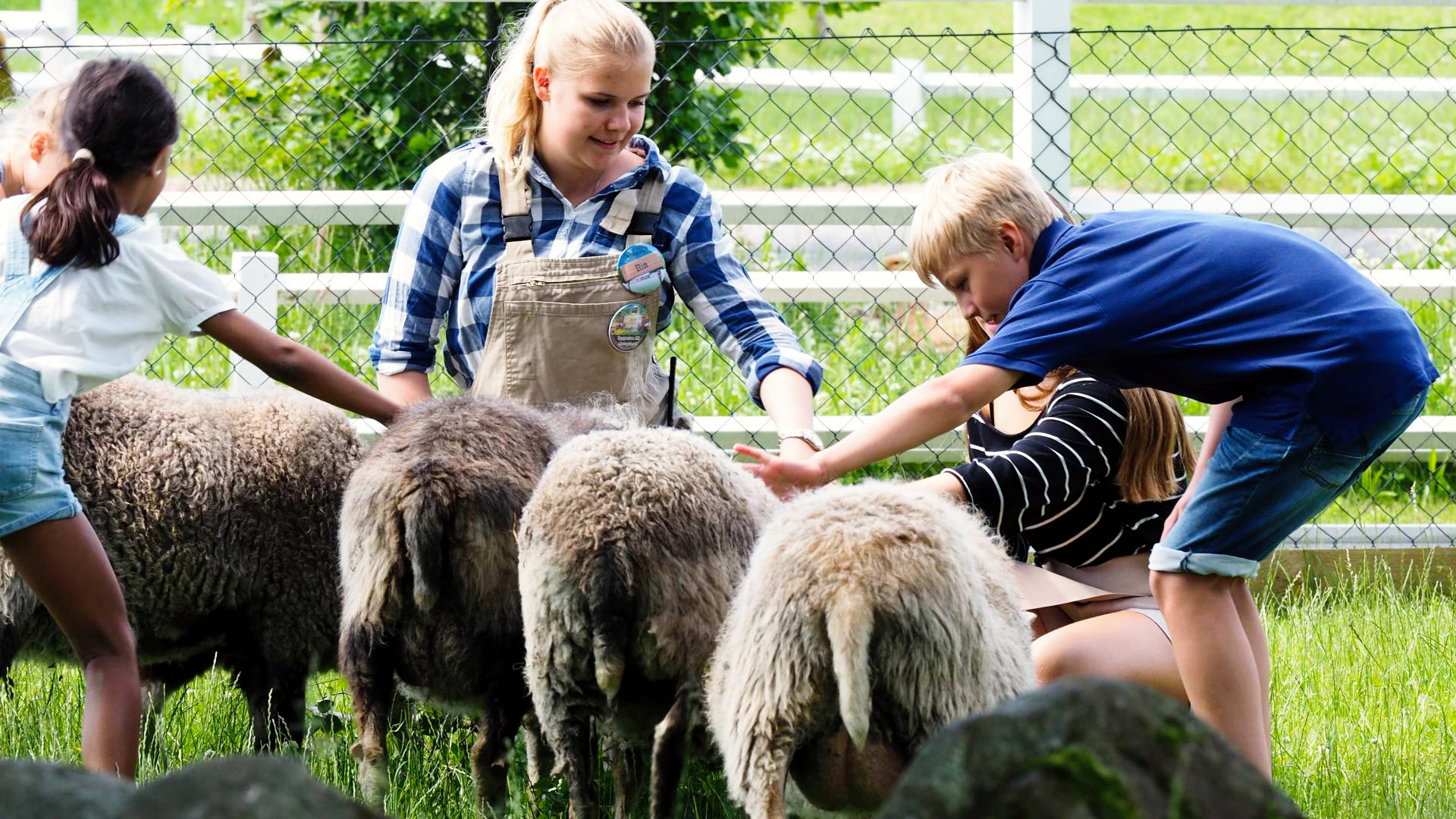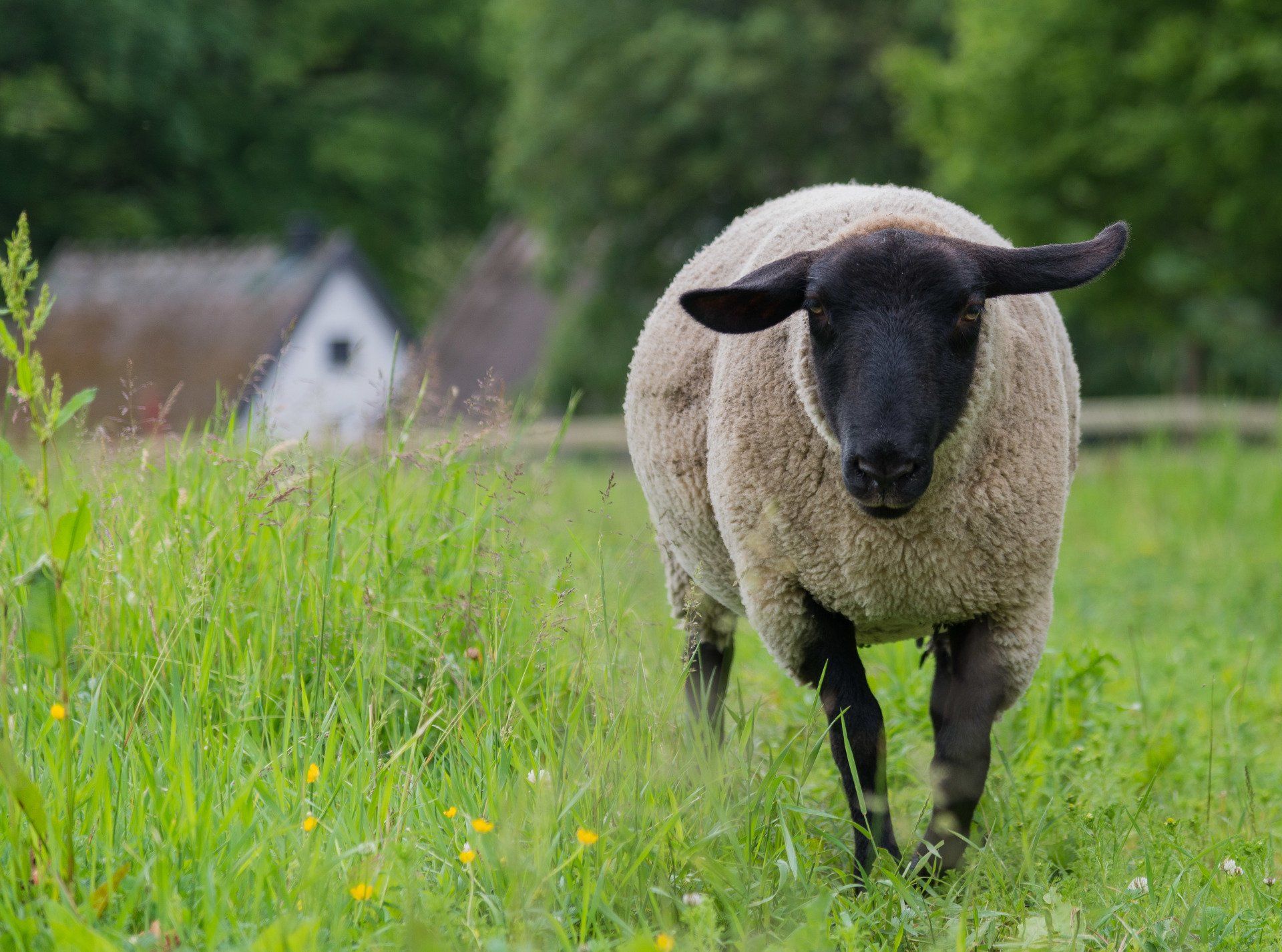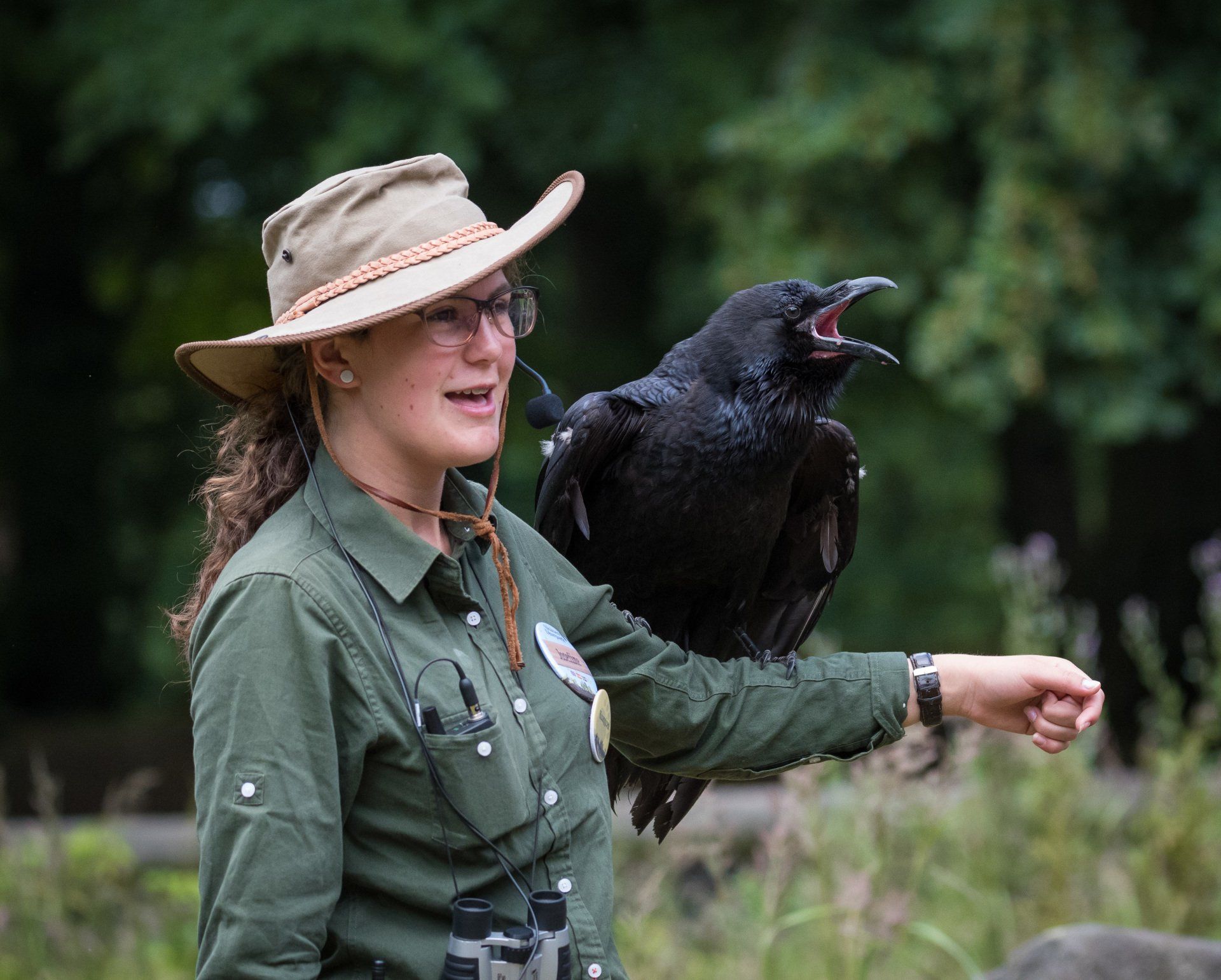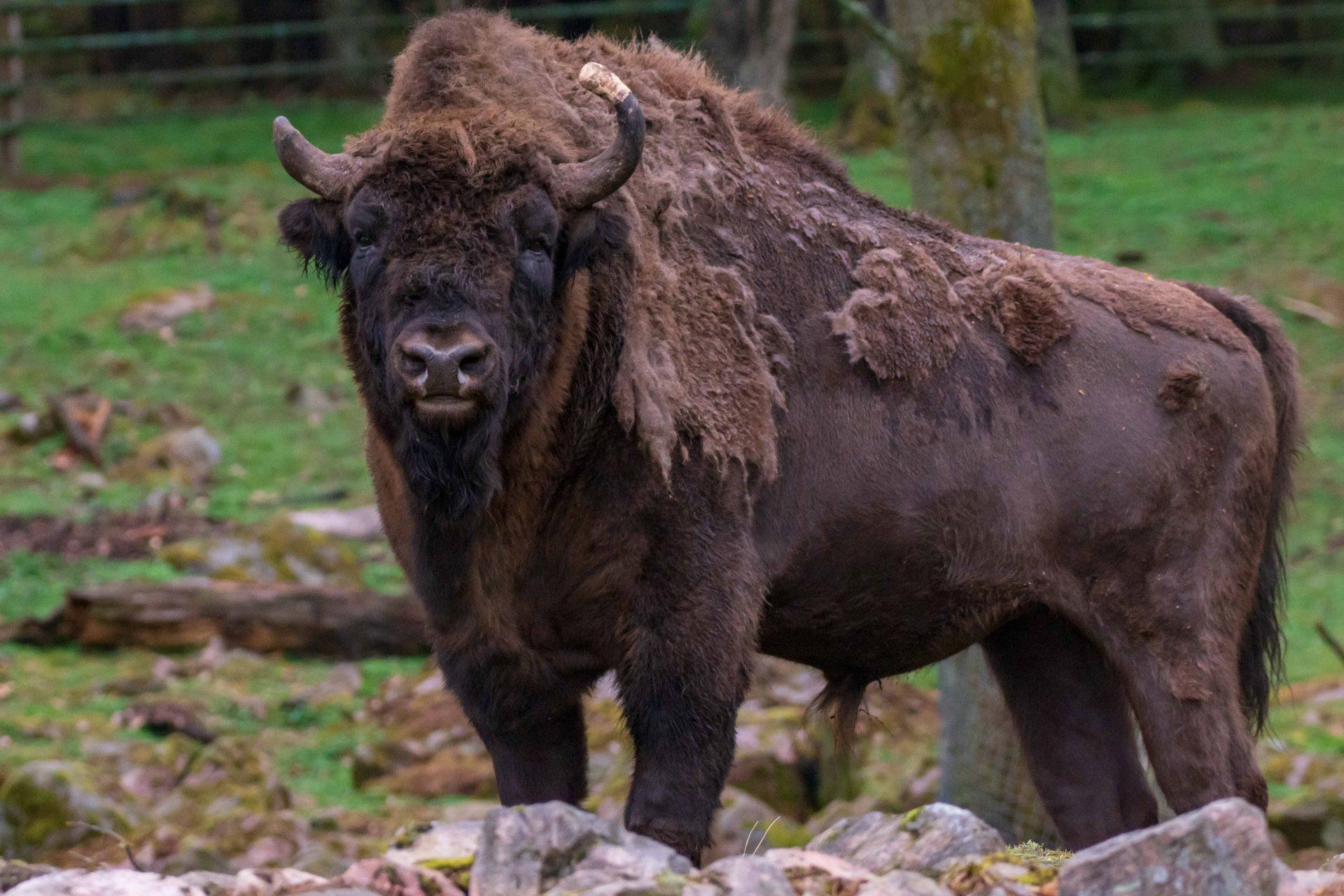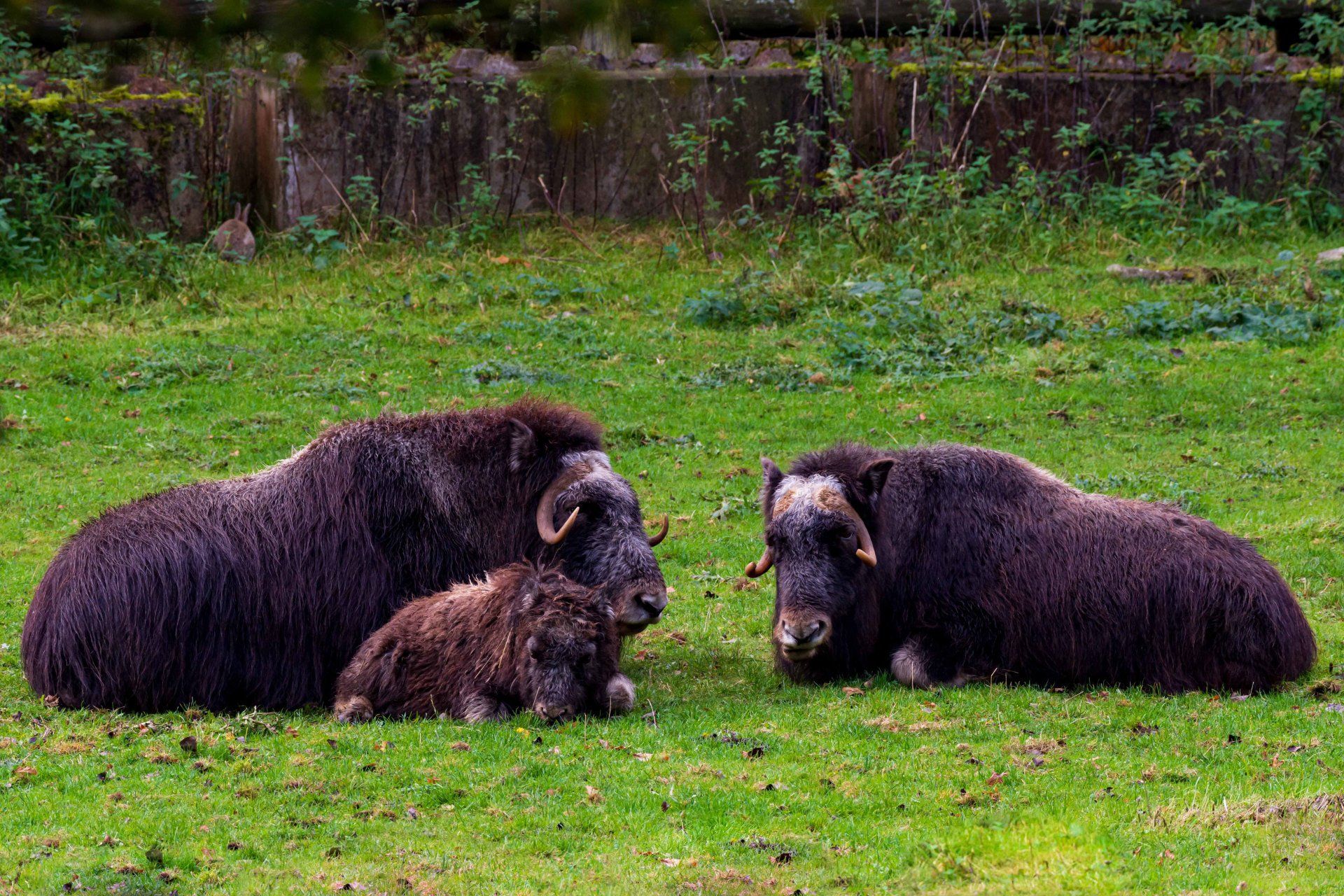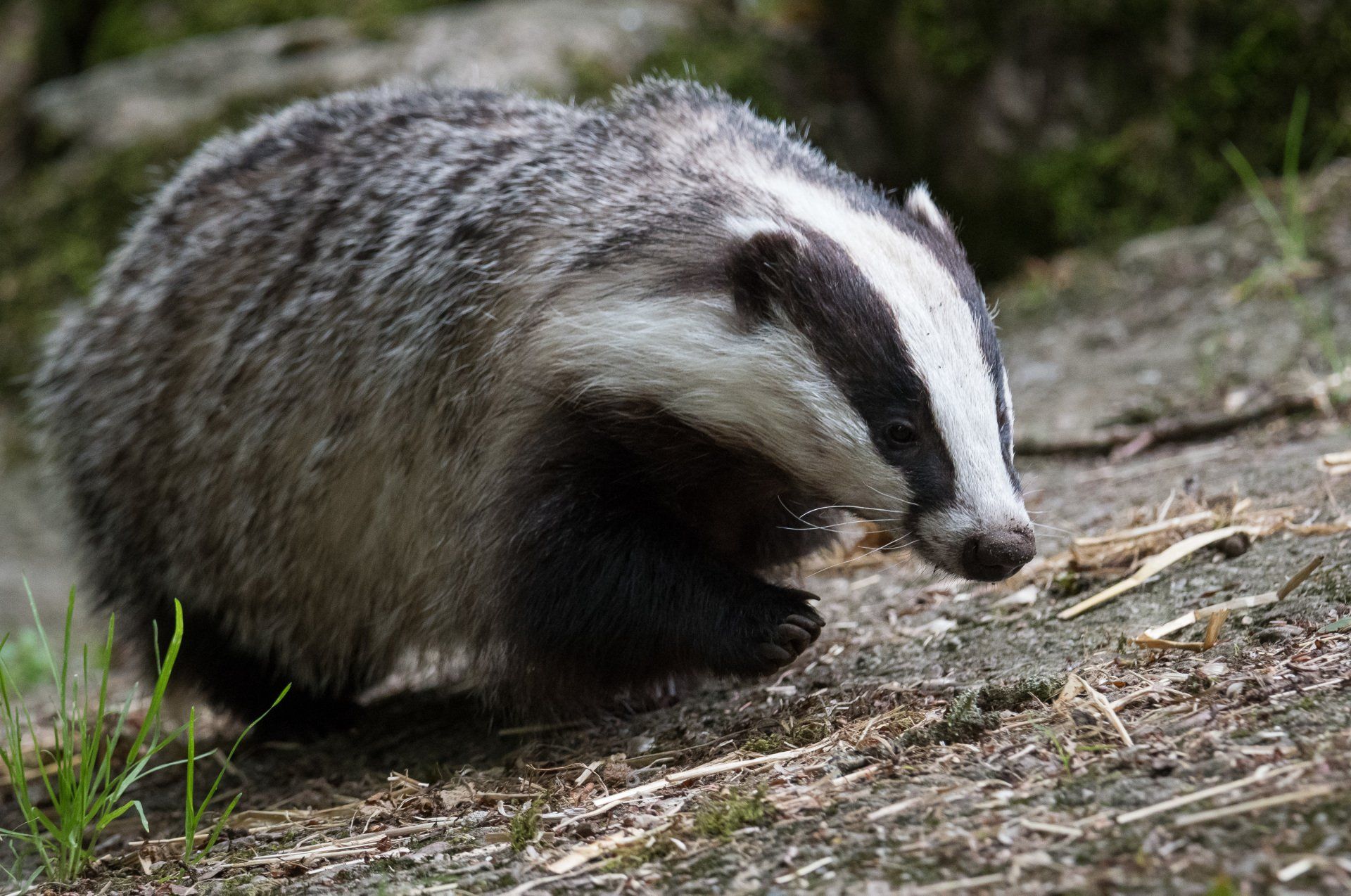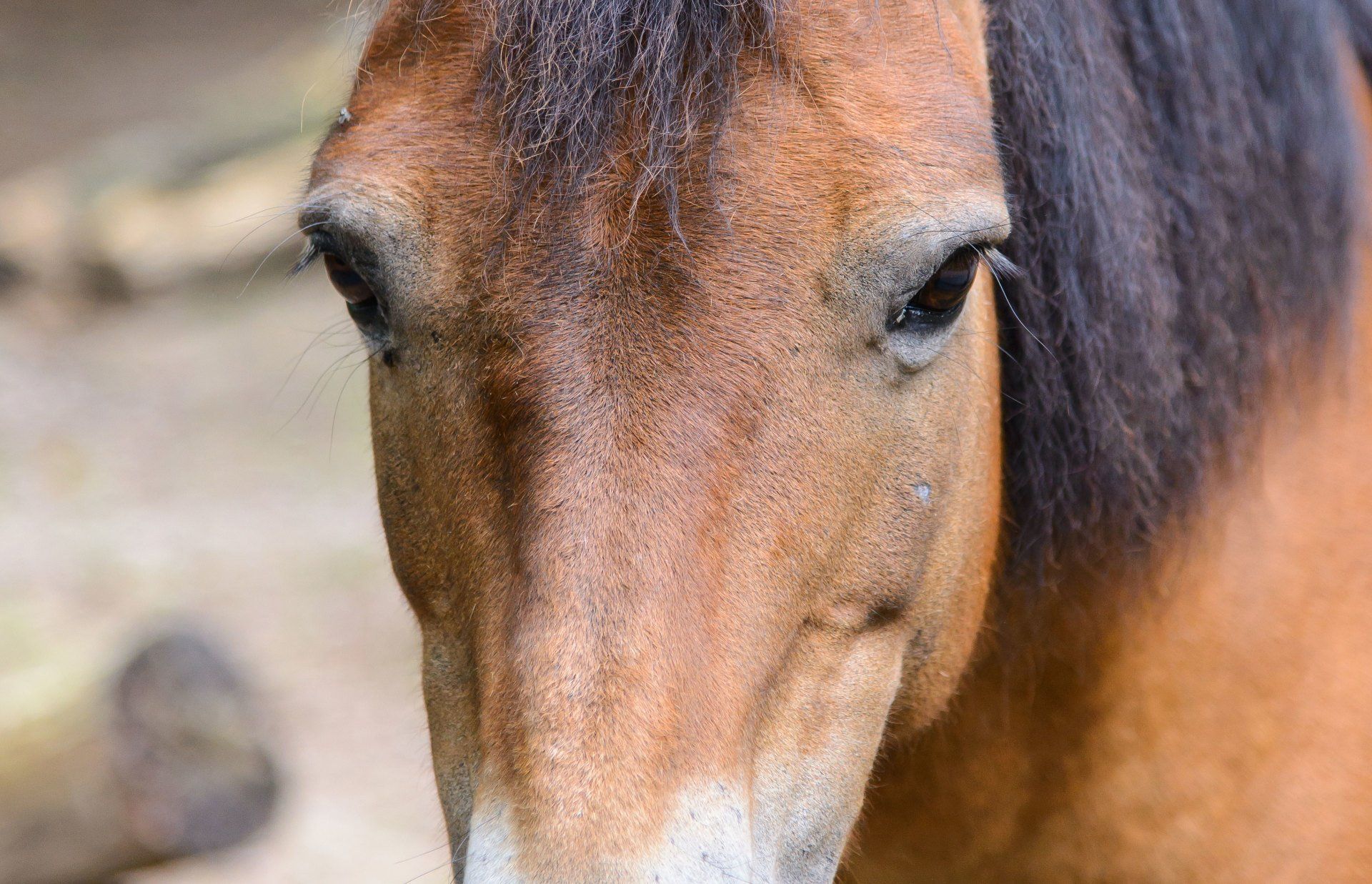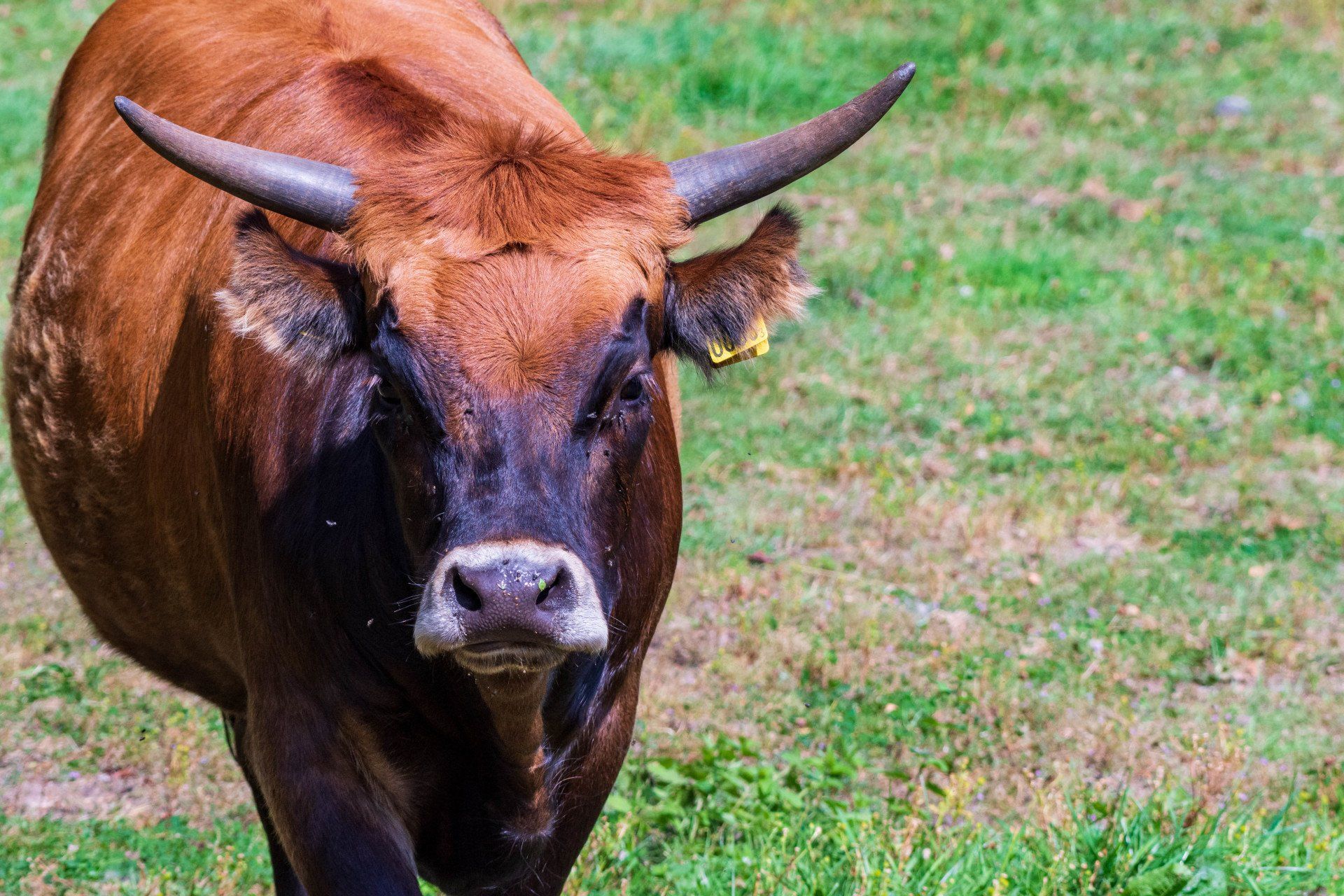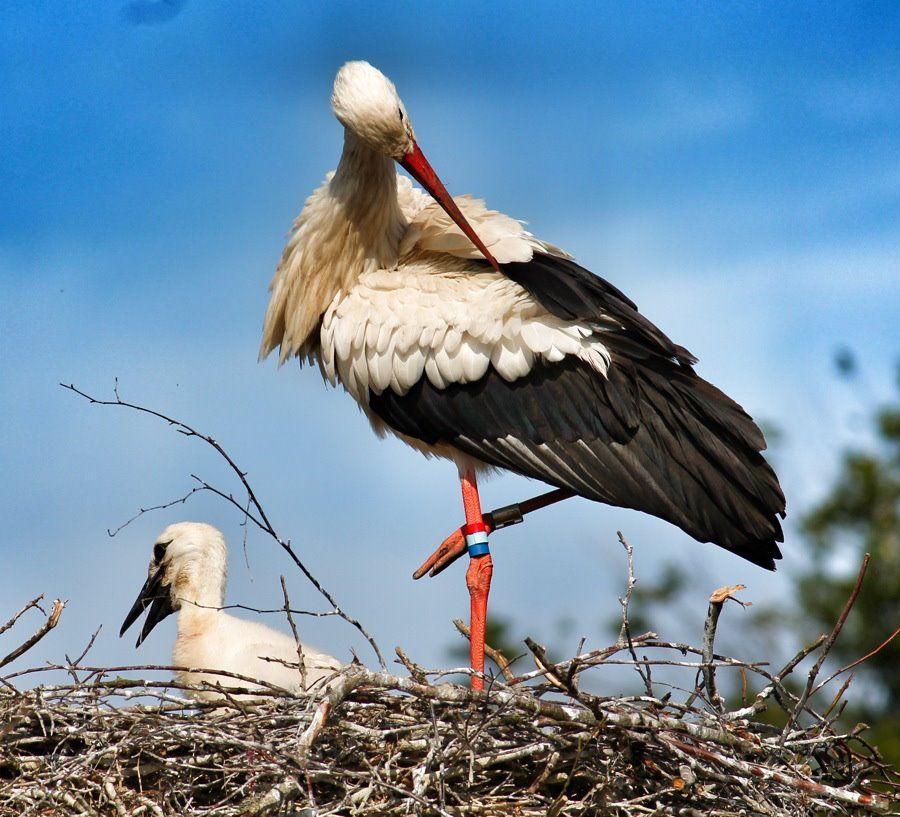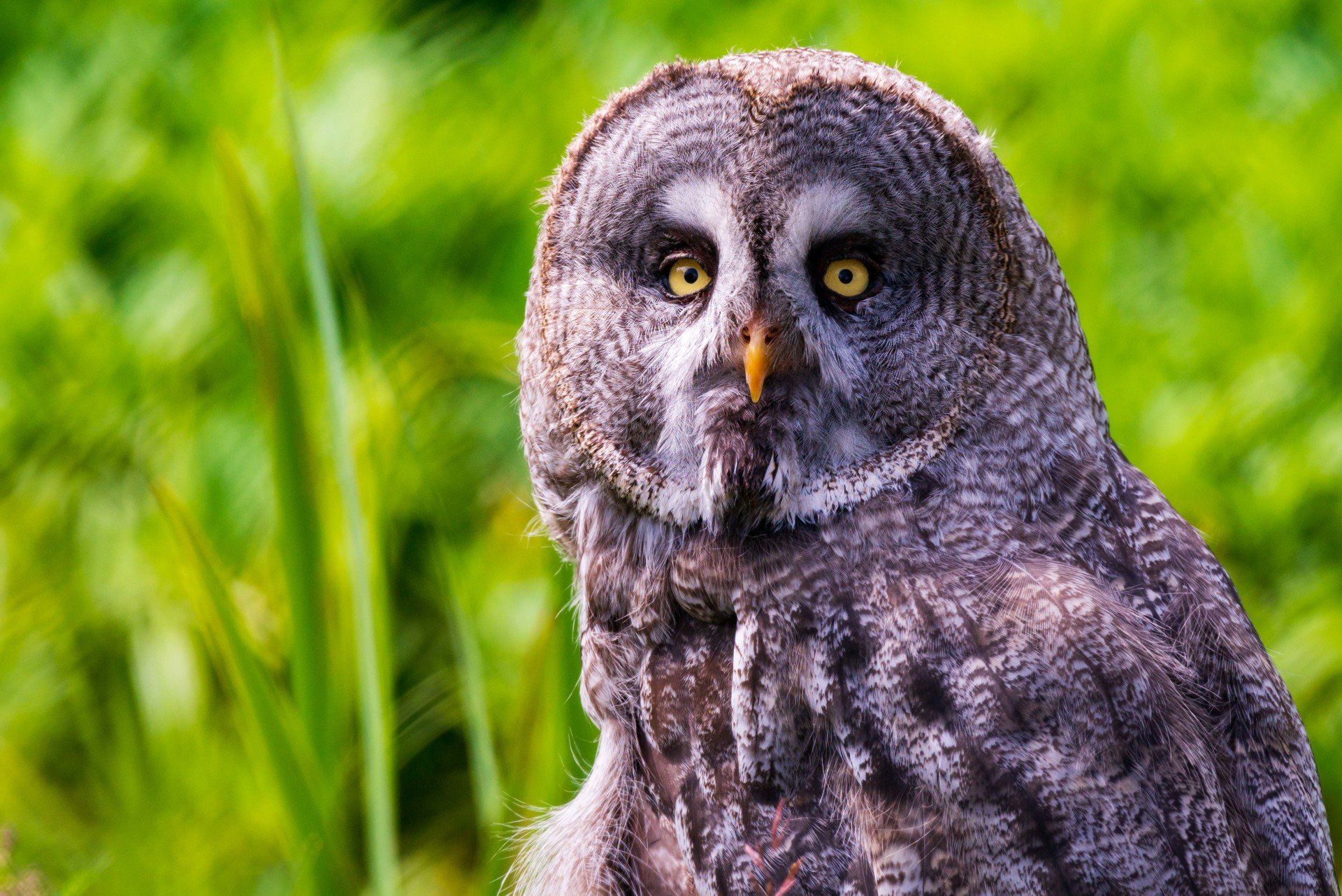FACTS ABOUT THE WOLF
Latin name:Canis lupus
Order: Predator
Family: Canine animal
Weight: 30-50 kg
Food: Meat, elk, deer, smaller mammals, birds.
Family: Canine animal
Weight: 30-50 kg
Food: Meat, elk, deer, smaller mammals, birds.
The wolf pack is helped
The wolf pack is helped to bring down large prey such as moose, especially in winter when the availability of smaller prey is limited. The older siblings in the wolf pack can also act as "babysitters" for smaller puppies.
The one-year-old puppies usually stay in the pack and help provide for the younger pack members. Some wolves stay with their parents their entire lives. Some of the one-year-olds and most of the two-year-old wolves, however, leave the pack at the edge of spring when the parental cycle runs. During the term, the parent pair becomes very aggressive towards the offspring, to avoid inbreeding and mating between related wolves.
The wolf pack's territory in Sweden has an area that varies between 600 and 1000 square kilometers. Moose and deer are the most common prey for the wolves in Central Sweden.
The wolf pack's territory in Sweden has an area that varies between 600 and 1000 square kilometers. Moose and deer are the most common prey for the wolves in Central Sweden.
The wolf in Sweden
Man's "best friend", the dog, is descended from the wolf. Despite this, wolves have been hunted intensively in the country. In 1966 the wolf was declared protected in Sweden, but in recent years the population has slowly but surely increased. Today there are around 400 animals.
Most of the wolves in Sweden live in Dalarna and Värmland, but can also be found further south. The wolf cubs that leave the pack can wander very long distances in a short time and can appear inside cities or as far down as Halland, Blekinge or Skåne. They wander to find their own territory to settle down in, and their own partner to live with.
Animal carers' best scouting tips
The Wolves:
- Använd gärna en kikare och spana upp på berget.
- Ifrån Expedition UPP är det störst chans att att se vargarna



